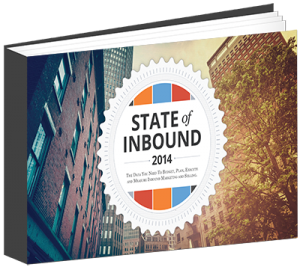What better way to get your company’s name in front of thousands if not millions of eyes than to do it through a medium with which everyone will remember? Playing board games, of course!
Hasbro will release later this month (tentatively August 26th) a new and extended version of the popular Monopoly board game called Monopoly Here & Now. The new version promises to feature such countries as Cape Town, Jerusalem, London, Paris, New York, Rome and Taipei and will be printed in 37 languages and sold in 50 countries. With this new deal, will Monopoly perhaps monopolize the board game industry?
Initially, Hasbro solicited the public’s opinion in deciding which cities would be represented in the new Monopoly Here & Now game in January 2008 by asking for their input in selection. Fans of the new board game had the opportunity to “vote” their selected city in and bragging rights for life. Hasbro’s idea of allowing the adoring public to be a part of the changes they’re making within their board game division was a savvy move on their part.
Often when companies want to increase the buzz about a product or service, they will make a release statement to the general public with offers of free products or a chance to partake in a new development, as the case with Hasbro. Adding to the idea of involving the public in a major business decision, Hasbro’s idea of including major countries and cities provided more of a network opportunity for Hasbro to establish themselves as industry leaders.
Why Public Inclusivity Is A Good Practice
Hasbro could very well have had their marketing and development team design and supply the new board with the countries and cities that would be included in the game. There are literal development teams that survey and research marketing techniques, consumer buying patterns and analyze which areas to concentrate on and where to focus the bulk of their development energies. When Hasbro decided to ask the public about which cities and countries should be included on their new board game, it certainly wasn’t because they were at a loss as to what to do; it was a strategy to garner public attention and create a buying sensation. Public inclusivity is a phenomenal business practice for large corporations like Hasbro because it does create a consumer buzz and because people are far more likely to buy a product where they have an emotional attachment. Companies like Hasbro create consumer’s emotional attachments by offering them chances to participate and be a part of a product’s development. Other types of this kind of consumer marketing is when there are contests to:
1.) Name the new logo for Google.
2.) Wendy’s design a new hamburger.
3.) Bloggers who maintain websites and need new Blog design’s.
Public inclusivity is ideal for companies of any size and works wonderfully for a company’s media relations campaign. Consumer marketing and spending ramps up when there are reasons for the public to get involved.
What are some things that your company can try to engage consumer inclusivity? What areas of your corporation would benefit from it?
I am a freelance writer, blogger and professional motivational speaker. I primarily focus on business content, offering my clients strategic marketing strategies for their businesses. I have been an entrepreneur for over 13 years, after having worked extensively in corporate America.


